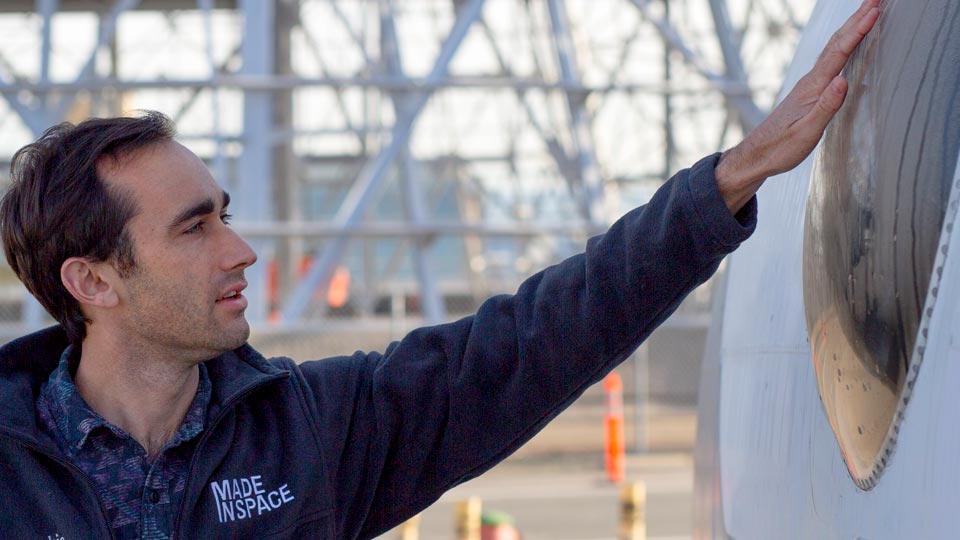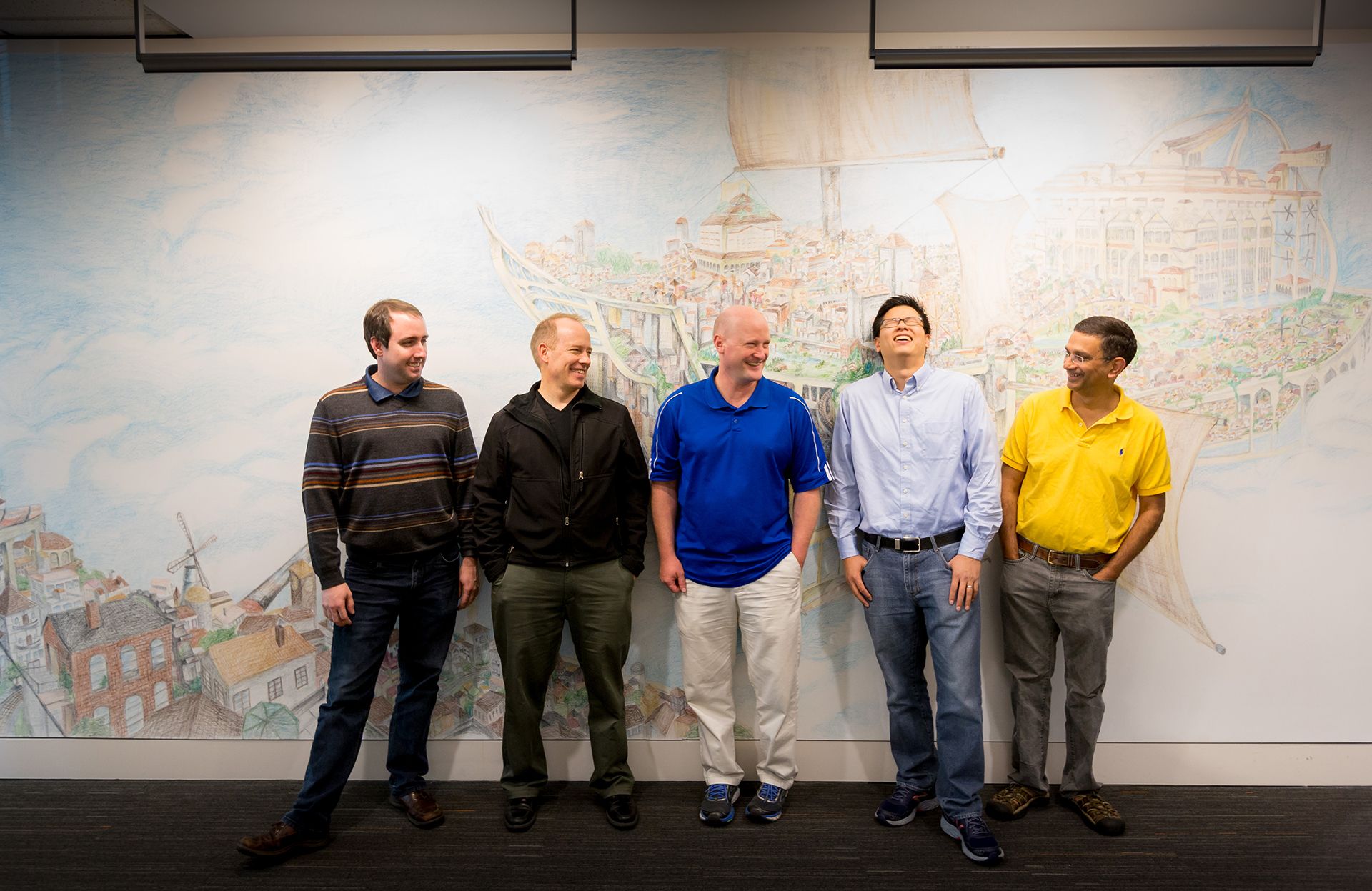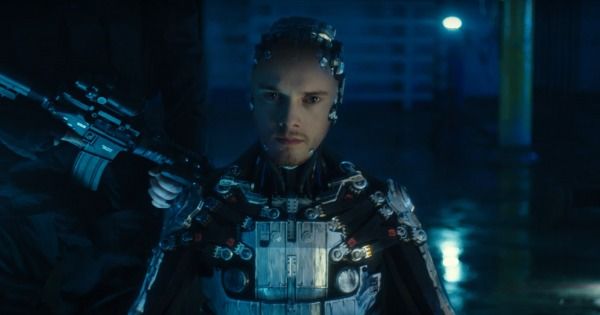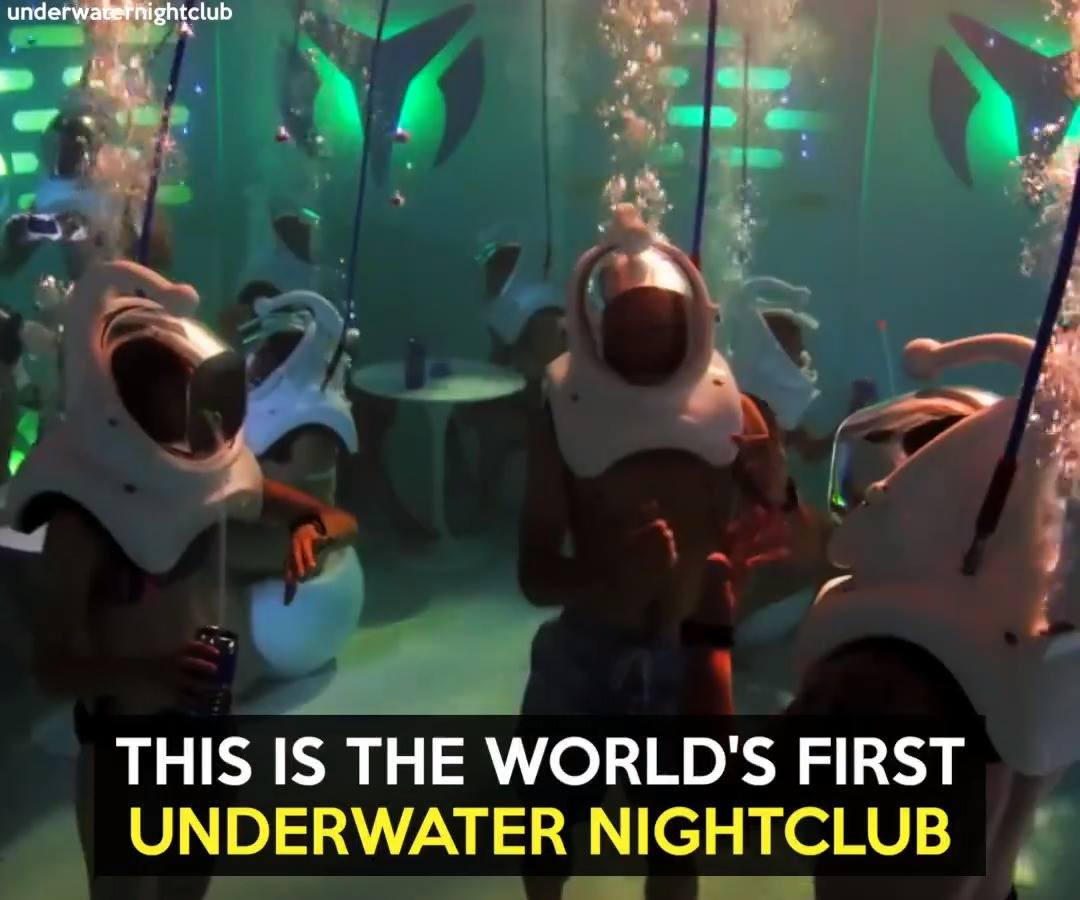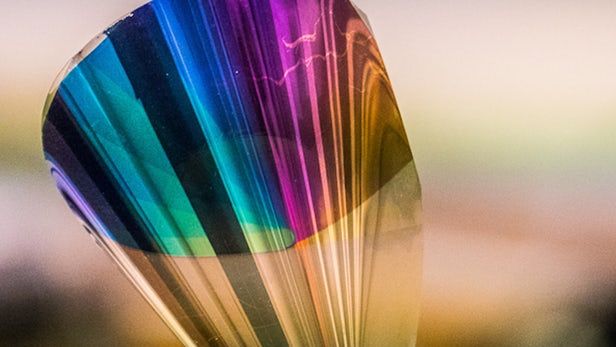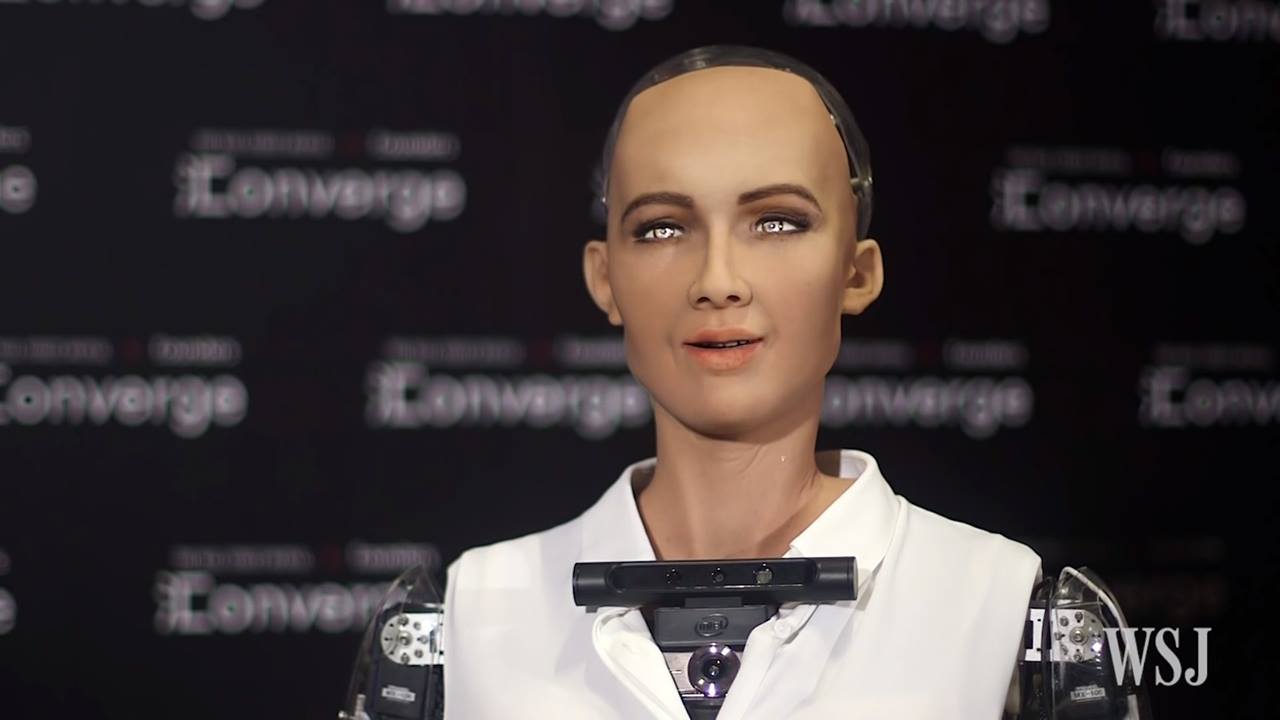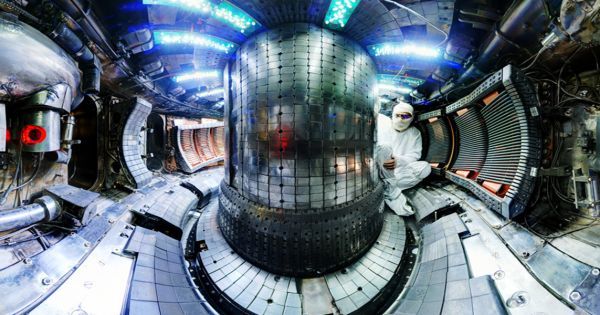Page 10798
Oct 17, 2016
WANDERERS — Short Film — Words and Voice by Carl Sagan
Posted by Shailesh Prasad in category: entertainment
Oct 17, 2016
The moonshot that succeeded: How Bing and Azure are using an AI supercomputer in the cloud
Posted by Klaus Baldauf in categories: robotics/AI, supercomputing
When we type in a search query, access our email via the cloud or stream a viral video, chances are we don’t spend any time thinking about the technological plumbing that is behind that instant gratification.
Sitaram Lanka and Derek Chiou are two exceptions. They are engineers who spend their days thinking about ever-better and faster ways to get you all that information with the tap of a finger, as you’ve come to expect.
Now, they have a new superpower to help them out.
Oct 17, 2016
Rise of The Machine: A Vision of Tomorrow
Posted by Elmar Arunov in categories: futurism, robotics/AI
We’re already experiencing the rise of artificial intelligence. Here’s one dark vision of what this future might look like.
Oct 17, 2016
Jason Silva — Technological Transcendence
Posted by Shailesh Prasad in category: futurism
Oct 16, 2016
This Is The World’s First Underwater Nightclub
Posted by Shailesh Prasad in category: futurism
Oct 16, 2016
Flexible material puts full-color e-paper on display
Posted by Shane Hinshaw in category: mobile phones
E-ink displays may be easier on the eyes and less power-hungry than backlit LCDs used in most tablets and phones, but in the color department they’re still playing catch-up. However, this could change thanks to a new type of material developed at Chalmers University of Technology that is flexible, ultrathin and can produce the full color range of an LED-backlit LCD, but requires ten times less energy than a Kindle’s e-ink display.
Like a conventional e-reader screen, the material functions as a reflective display, so instead of being backlit like an LCD, the surface reflects the external light that hits it. Electrically conductive polymers covering the surface change how that light is absorbed and reflected, which allows it to recreate high resolution images and text. The end result is a material that’s less than one micron thick, flexible and extremely energy efficient.
“The ‘paper’ is similar to the Kindle tablet,” says Andreas Dahlin, lead author of the study. “It isn’t lit up like a standard display, but rather reflects the external light which illuminates it. Therefore it works very well where there is bright light, such as out in the sun, in contrast to standard LED displays that work best in darkness. At the same time it needs only a tenth of the energy that a Kindle tablet uses, which itself uses much less energy than a tablet LED display.”
Oct 16, 2016
Sophia Robot From Hanson Robotics Speaks Her Mind
Posted by Shailesh Prasad in category: robotics/AI
Oct 16, 2016
Limitless Energy: MIT Set a New Record for Nuclear Fusion
Posted by Andreas Matt in category: nuclear energy
In Brief:
- MIT researchers using the Alcator C-Mod reactor have achieved a new nuclear fusion pressure record of more than 2 atmospheres of pressure.
- The Alcator C-Mod is set to retire after over 23 years of use but its nuclear fusion experiments have brought us closer to nearly unlimited clean energy.
Oct 16, 2016
EmDrive Inventor Gets New Patent For Impossible Engine, US And UK Governments Interested
Posted by Andreas Matt in categories: military, space travel
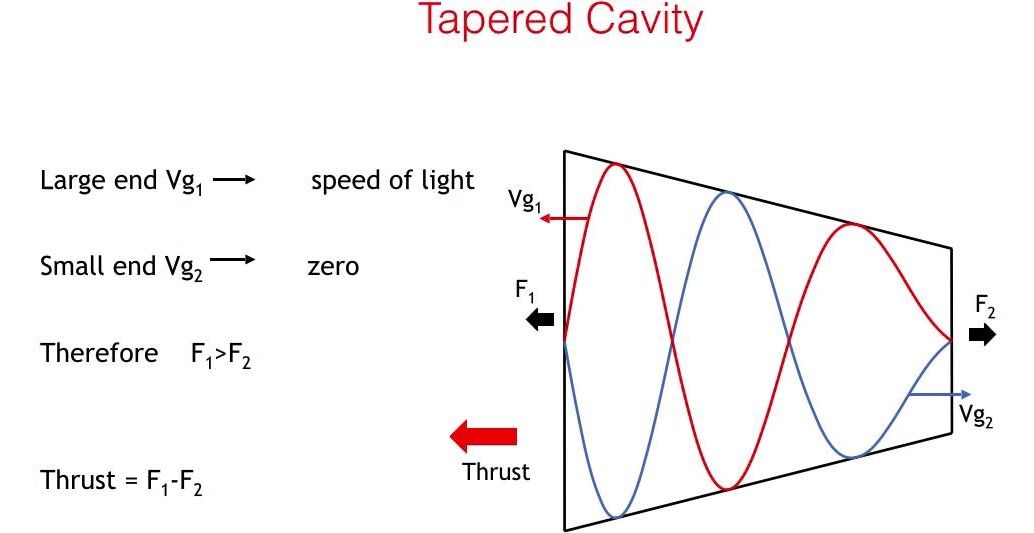
The inventor of the impossible EmDrive, Roger Shawyer, received a new patent for the next generation of his controversial engine and the US Department of Defense and the UK Ministry of Defense are both interested in obtaining the technology.
If the EmDrive works, which is under some debate, it would allow a military satellite to get close to its target without being detected, it would also revolutionize space travel, Shawyer told the International Business Times.
